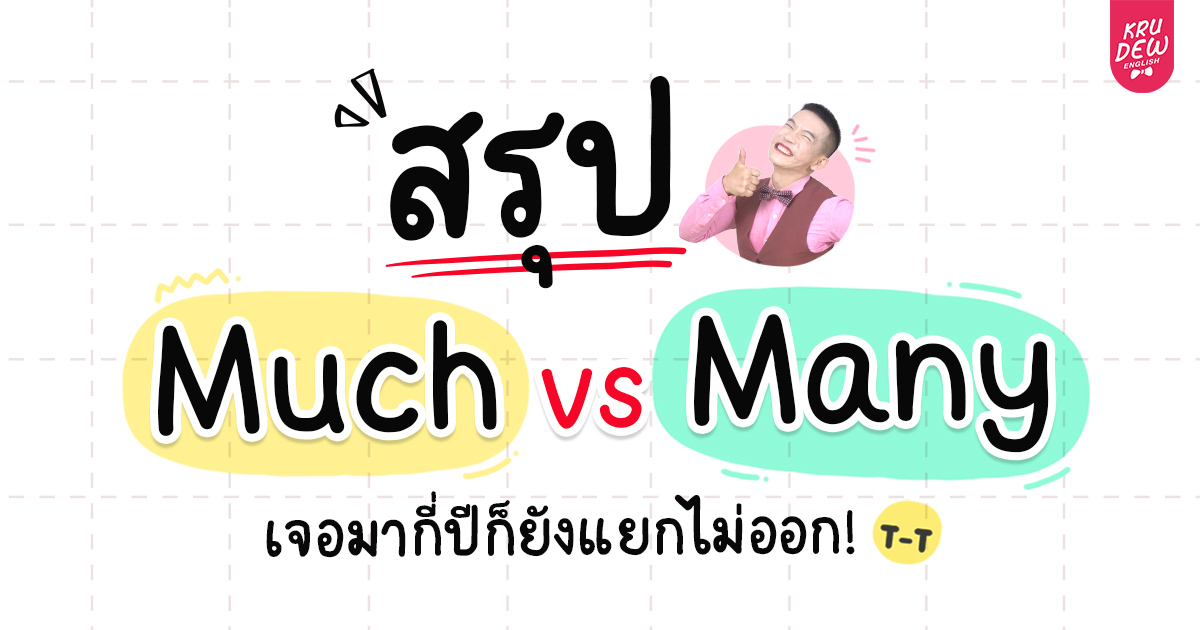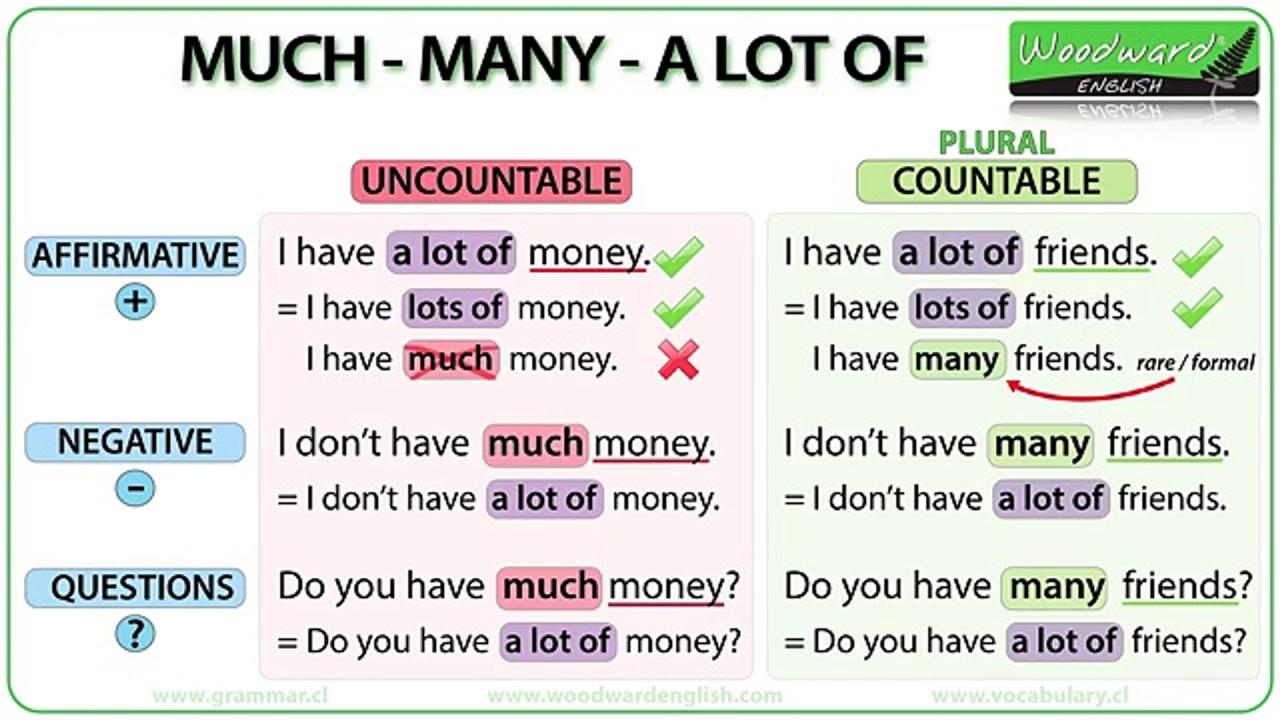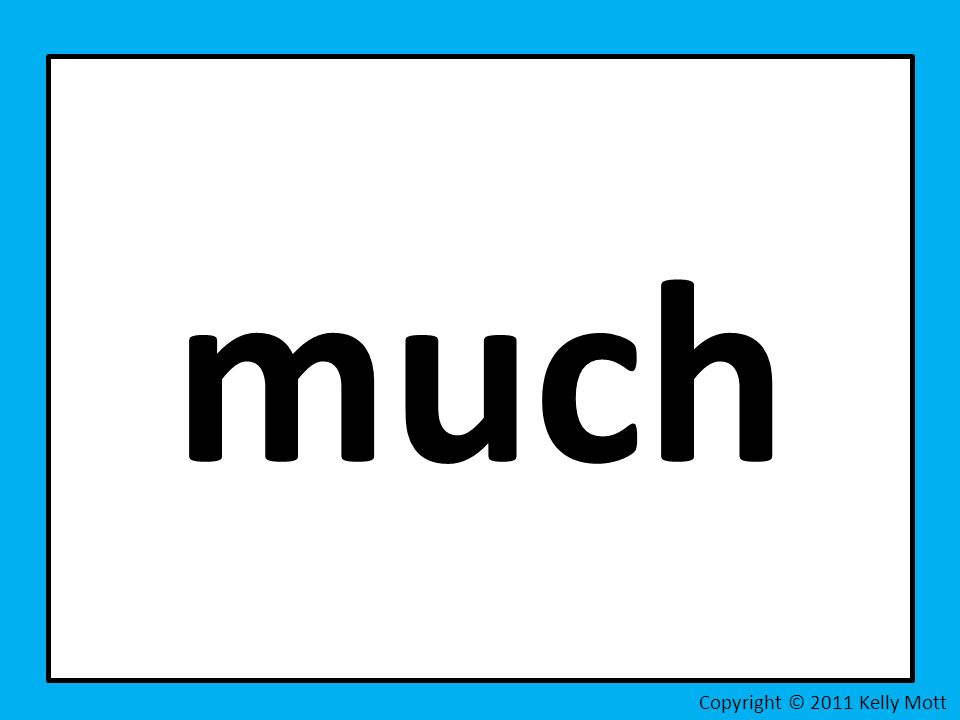Introduction to Suit Tailoring Costs: How Much To Tailor A Suit

Suit tailoring costs vary significantly depending on several factors. The complexity of the alterations, the materials used, and the expertise of the tailor all play a crucial role in determining the final price. Understanding these factors is key to budgeting for your tailoring needs.
Tailoring services encompass a wide range of options, from basic adjustments to completely custom designs. Each level of service comes with a unique price point, reflecting the time, skill, and materials involved. Knowing the different types of services available allows for informed decisions about the level of tailoring needed.
Factors Influencing Suit Tailoring Costs
Several factors contribute to the cost of suit tailoring. The quality of the fabric significantly impacts the price, with premium materials commanding higher costs. The complexity of the alterations, such as intricate shaping or unique design features, also influences the overall price. Experienced tailors often charge more for their services due to their specialized skills and expertise.
Types of Tailoring Services
Various tailoring services cater to different needs and budgets. Basic alterations typically involve minor adjustments to an existing suit, like hemming or shortening the sleeves. Custom designs, on the other hand, encompass the complete design and creation of a bespoke suit from scratch, often with specific measurements and preferences. Intermediate options may include custom alterations to a semi-custom suit, providing a balance between cost and customization.
Price Ranges for Different Tailoring Services
The cost of tailoring services varies widely. Basic alterations, which involve minor adjustments, typically fall within a range of $50 to $200. These adjustments might include shortening or lengthening the jacket, taking in or letting out the waist, or adjusting the sleeves. Custom designs, involving the creation of a completely bespoke suit, can range from $500 to well over $5000, depending on the complexity of the design, the materials used, and the tailor’s expertise. Semi-custom suits, which combine elements of standard tailoring with customer input, generally fall between these two price points.
Comparison of Suit Tailoring Costs
The table below provides a general comparison of different suit tailoring services and their estimated cost ranges.
| Service Type | Description | Estimated Cost Range |
|---|---|---|
| Basic Alterations | Minor adjustments to an existing suit, such as hemming, shortening, or taking in/letting out. | $50-$200 |
| Custom Design | Complete design and creation of a bespoke suit from scratch, with personalized measurements and preferences. | $500-$5000+ |
| Semi-Custom Alterations | Combination of standard tailoring with customer input, allowing for a level of customization without the full bespoke cost. | $200-$1000 |
Estimating Costs for Specific Tailoring Needs

Accurately estimating the cost of tailoring a suit hinges on understanding the specific alterations required. This involves considering factors beyond simple measurements, such as the complexity of the design and the level of expertise needed. Detailed estimations are crucial for setting realistic budgets and avoiding surprises.
Estimating Alterations for Off-the-Rack Suits
Tailoring alterations to an off-the-rack suit are often more straightforward and consequently, less expensive than a custom suit. The cost depends largely on the extent of adjustments. Simple alterations, like hemming or adjusting the sleeves, usually have a lower price tag. More intricate work, such as reshaping the shoulders or significantly altering the fit, will command a higher cost.
- Hemming: A basic hem adjustment typically costs between $20 and $50, depending on the fabric and the length of the hem. This is often a fixed price regardless of the suit’s original length. Complex hemming for formal wear may cost more.
- Shoulder Alterations: Reshaping the shoulders to improve the fit can range from $50 to $150, depending on the extent of the adjustment and the fabric’s nature. A slight adjustment might be less costly than a complete reshaping.
- Sleeve Lengthening/Shortening: Adjusting sleeve length typically costs between $25 and $75. The cost is generally proportional to the amount of material needing alteration.
- Waist Adjustment: Modifying the waist, whether tightening or loosening, generally costs between $30 and $100, contingent on the degree of change and fabric type. Significant alterations can be more expensive.
Estimating Costs for Custom Suits
Estimating the cost of a custom suit involves a more complex process, as the price depends on various design elements. The intricacy of the design, the chosen fabrics, and the tailor’s expertise are significant factors.
- Fabric Selection: High-end fabrics, such as bespoke wool or cashmere, significantly impact the overall cost. The price per yard can vary considerably, leading to a substantial increase in the total cost.
- Complexity of the Design: A more intricate design, such as a unique lapel shape or unusual button placement, will typically command a higher price due to the increased time and skill required.
- Tailor’s Reputation and Experience: A renowned tailor with extensive experience often charges a premium, reflecting their expertise and the meticulous attention to detail in their work. This cost difference is often significant.
Suit Style and Cost Breakdown
The table below offers a general guideline of cost breakdowns for various suit styles, but these are estimates and can vary widely based on specific details.
| Suit Style | Approximate Cost Breakdown (USD) |
|---|---|
| Basic Two-Button Suit | $500 – $1500 |
| Classic Three-Button Suit | $600 – $1800 |
| Bespoke Suit | $1500 – $5000+ |
| Custom-Designed Suit | $1800 – $6000+ |
Custom vs. Off-the-Rack Suit Costs
The table below provides a general comparison of the costs between custom-made and off-the-rack suits, demonstrating the potential price difference.
| Suit Type | Approximate Cost (USD) | Additional Considerations |
|---|---|---|
| Off-the-Rack | $300 – $1000 | Alterations may add to the total cost. |
| Custom-Made | $800 – $5000+ | Includes fabric, design, and tailoring. |
Methods for Finding Affordable Tailoring Options

Finding the right tailor for a budget-friendly suit requires strategic research and comparison. Understanding various methods for locating affordable options, comparing prices effectively, and leveraging online resources can significantly reduce tailoring costs. A well-informed approach ensures a tailored suit without breaking the bank.
Locating Affordable Tailors
Locating affordable tailors involves exploring different avenues. Neighborhood tailor shops, often overlooked, can offer competitive pricing. Smaller businesses and independent tailors may prioritize affordability, and their expertise often comes from years of experience. Online directories and local business listings are helpful tools for identifying potential tailors in your area. Review websites or social media platforms where past clients have shared their experiences and feedback.
Comparing Pricing Between Tailors, How much to tailor a suit
Comparing prices across different tailors is crucial. Request detailed quotes from multiple tailors, including a breakdown of labor costs and material expenses. Compare these quotes to get a comprehensive picture of pricing. Ask for examples of past work to evaluate the quality of their craftsmanship. Don’t hesitate to ask about any discounts or special offers. Be wary of extremely low prices that may compromise quality.
Online Platforms for Suit Tailoring
Online platforms and marketplaces offer a wide range of tailoring services. These platforms connect potential clients with tailors, allowing for convenient comparisons of pricing and styles. Consider the feedback and ratings from previous clients on these platforms when making a decision. Read reviews carefully to assess the reputation and quality of the tailors.
Discount and Promotional Offers
Tailors may offer discounts or promotional offers, particularly during seasonal sales or special events. Keep an eye out for such opportunities to further reduce the cost of your suit. Look for coupons or promotional codes that may be available online or through email newsletters.
Negotiating Prices with Tailors
Negotiating prices with tailors can be a way to potentially lower the overall cost. Research the market price for similar suits and be prepared to present a reasonable counteroffer. Being polite and respectful while presenting your case can improve your chances of success. Highlight any aspects of the project that could potentially reduce the workload for the tailor. This shows that you are willing to work with the tailor to achieve a satisfactory outcome.
Finding Budget-Friendly Tailors
Finding a tailor specializing in budget-friendly suits involves seeking out tailors known for their affordable services. Look for tailor shops in less expensive areas or that advertise packages or discounted services. Tailors who are new to the business or those who are willing to collaborate on a lower price may be ideal. Be prepared to compromise on some aspects of the suit, such as the specific fabrics or trim, if necessary.
Visual Representation of Cost Differences

Understanding the factors influencing suit tailoring costs is crucial for making informed decisions. A visual representation aids in grasping the interplay between fabric quality, design complexity, and the overall price. This section presents graphical representations to help you estimate tailoring costs accurately.
Fabric Cost Variations
Fabric selection significantly impacts the final cost of a bespoke suit. High-quality, luxurious fabrics often come with a premium price tag. The chart below illustrates the potential cost variations for different fabric types, providing a clear comparison.
| Fabric Type | Estimated Cost Range (per suit) | Description |
|---|---|---|
| Wool (Super 100s) | $800 – $1500 | A popular choice for its durability and moderate price. |
| Wool (Super 120s) | $1500 – $2500 | Offers increased softness, drape, and luster compared to Super 100s. |
| Linen | $1200 – $2000 | A natural, breathable fabric suitable for warmer weather. Linen suits tend to have a slightly higher price range due to its unique characteristics and care requirements. |
| Cashmere | $2500 – $5000+ | The luxurious, soft fabric that is renowned for its warmth and exceptional drape. Higher cost reflects the material’s rarity and complexity. |
Complexity and Cost Correlation
The intricacy of design and tailoring directly affects the cost. A simple, straightforward suit requires fewer adjustments and less time than a meticulously crafted, customized design. This chart visually demonstrates the relationship between tailoring complexity and price.

*Note: The chart depicts a general trend. Specific costs may vary based on the specific tailoring elements and fabric choice.*
Tailoring Services and Cost Ranges
Different tailoring services contribute to the overall cost of a suit. A detailed breakdown of these services and their estimated price ranges can aid in budgeting.
- Basic Measurements and Consultation: This involves taking precise measurements and discussing the client’s preferences. The cost for this service is typically in the range of $50-$200, depending on the tailor’s experience and location.
- Pattern Making and Alterations: Creating a custom pattern based on measurements and adjusting it for fit is a crucial step. Costs range from $100 to $300, depending on the complexity of the design.
- Fabric Selection and Cutting: Choosing the fabric and precisely cutting it to specifications affects the cost. The cost for this service generally falls between $50 and $200.
- Stitching and Finishing: This step involves assembling the various parts of the suit and ensuring high-quality stitching and finishing touches. The price for this service can vary from $200 to $500, depending on the complexity of the design and the tailor’s expertise.
- Final Adjustments and Fittings: Multiple fittings and final adjustments are often necessary to achieve a perfect fit. The cost for this can range from $50 to $150 per fitting.
Tips for Managing a Tailoring Budget

Successfully managing a tailoring budget involves careful planning and strategic decision-making. A well-defined approach allows you to acquire high-quality suits without compromising your financial well-being. This involves understanding your needs, setting realistic expectations, and making informed choices about your tailoring preferences.
Effective budget management for suit tailoring requires a proactive approach that goes beyond simply calculating costs. It involves understanding the different factors influencing the final price, enabling you to prioritize your needs and optimize your spending. By prioritizing and strategically managing your budget, you can acquire a bespoke suit without exceeding your financial limitations.
Prioritizing Tailoring Needs
Understanding your suit tailoring needs allows for effective prioritization. This involves recognizing the frequency of suit purchases, the importance of specific features, and the level of customization required. A well-defined approach ensures you allocate resources wisely, focusing on the elements that truly matter to you.
- Assess your wardrobe: Identify the gaps in your existing wardrobe and determine the frequency with which you need new suits. If you only need a suit for a few special occasions, investing in a more affordable, less customized suit might suffice. If you require a suit for daily wear, a more tailored and potentially expensive option may be more suitable.
- Evaluate the importance of features: Consider the features you prioritize in a suit, such as the fabric type, the level of fit, and the complexity of the design. Features like hand-stitching or custom lining will often increase the cost. If a specific feature is not crucial to you, you can reduce the tailoring budget.
- Determine the level of customization: Assess the degree of customization you desire. Minor alterations may be less expensive than a completely custom design. Consider the specific tailoring details you want to incorporate and if they are essential or simply desirable.
Setting a Realistic Budget
Establishing a realistic budget is crucial for effective suit tailoring. This requires understanding the typical cost range for suits and factoring in potential additional expenses. Be prepared for potential fluctuations in the price based on factors such as fabric selection and complexity of design.
- Research typical suit tailoring costs: Explore the average cost for different tailoring services. Online resources and conversations with tailors can provide a range of expected costs. This helps you anticipate the potential price range and adjust your budget accordingly.
- Consider potential extras: Factor in potential extras such as alterations, additional accessories, and the cost of fabric. This helps avoid unpleasant surprises during the tailoring process.
- Allocate a specific amount: Set aside a particular amount for suit tailoring, and stick to it as closely as possible. This ensures that your tailoring expenses don’t exceed your financial plan.
Balancing Quality and Cost
Balancing quality and cost is an essential aspect of suit tailoring. It involves evaluating the trade-offs between the level of craftsmanship and the final price. You can find high-quality tailoring without exceeding your budget by understanding the different factors influencing cost.
- Evaluate the tailor’s reputation and experience: Look for tailors with a strong reputation for quality work and a proven track record. A skilled tailor can deliver a high-quality product within your budget, and their experience can often translate into efficiency and accuracy in the tailoring process.
- Consider the fabric and its origin: High-quality fabrics can add to the cost. However, finding a good balance between the fabric’s quality and your budget is possible. A reputable tailor can guide you in selecting fabrics that offer good value and quality without compromising your budget.
- Compare different tailoring methods: Consider different tailoring methods and their associated costs. Some methods may be more time-consuming and thus more expensive. Understanding the different tailoring methods and their costs can help you make an informed decision based on your budget.
Question Bank
How much to tailor a suit – What’s the average cost for basic alterations?
Basic alterations, like hemming or adjusting the sleeves, typically range from $50 to $200.
How does fabric quality impact the cost of tailoring?
Higher-quality fabrics often command higher tailoring costs due to the increased complexity and skill required for the work.
Can I get a discount on custom suit tailoring?
Some tailors offer discounts during specific times of the year or for bulk orders. Checking for promotional offers is always recommended.
What are some online platforms for finding tailors?
Several online platforms and marketplaces connect you with suit tailors. Look for reviews and testimonials when choosing a tailor through these channels.